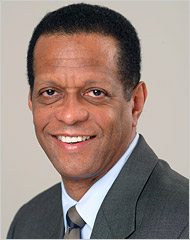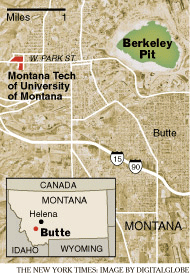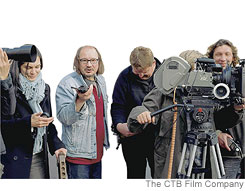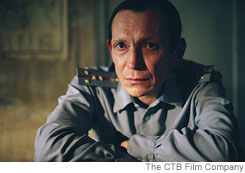When W. became president, he had two major education initiatives: vouchers, and "no child left behind." It is unfortunate that in the face of formidable Democratic opposition, he abandoned vouchers, and stuck with "no child left behind." The latter policy’s intent is noble, but some of its unintended consequences are perverse.
Mandatory testing results in educational inefficiency: teachers teach to the tests, and as the commentary quoted below reports, tests get jiggered to show good results.
The main harm though, is that some of the most important results of good education, like resilience, self-discipline, and creativity, are not readily measured in standardized multiple choice tests. So programs, such as Montessori, that encourage such results, end up under-appreciated and under-rewarded.
What we most need is for parents to be free to choose in education. That would result in far greater innovation and improvement in education than the current "no child left behind" standardized testing.
(p. A31) If teachers, administrators, politicians and others have a stake in raising the test scores of students — as opposed to improving student learning, which is not the same thing — there are all kinds of incentives to raise those scores by any means necessary.
. . .
A study released last week by the Thomas B. Fordham Institute and the Northwest Evaluation Association found that “improvements in passing rates on state tests can largely be explained by declines in the difficulty of those tests.”
The people in charge of most school districts would rather jump from the roof of a tall building than allow an unfettered study of their test practices. But that kind of analysis is exactly what’s needed if we’re to get any real sense of how well students are doing.
For the full commentary, see:
BOB HERBERT. " High-Stakes Flimflam." The New York Times (Tues., October 9, 2007): A31.
 Columnist Bob Herbert. Source of photo: online version of the NYT column quoted and cited above.
Columnist Bob Herbert. Source of photo: online version of the NYT column quoted and cited above.




 In the photo immediately above, Don and Andrea Steirle work in their lab. The map to the left shows the location of the Berkeley Pit. Source of the photo and map: online version of the NYT article quoted and cited above.
In the photo immediately above, Don and Andrea Steirle work in their lab. The map to the left shows the location of the Berkeley Pit. Source of the photo and map: online version of the NYT article quoted and cited above.

 Some of the crew of Gruz 200, including the director Alexei Balabanov, who is second from the left. Source of the photo: online version of the WSJ article cited below.
Some of the crew of Gruz 200, including the director Alexei Balabanov, who is second from the left. Source of the photo: online version of the WSJ article cited below. The sadistic police captain is portrayed by Alexei Poluyan. Source of the photo: online version of the WSJ article cited above.
The sadistic police captain is portrayed by Alexei Poluyan. Source of the photo: online version of the WSJ article cited above.